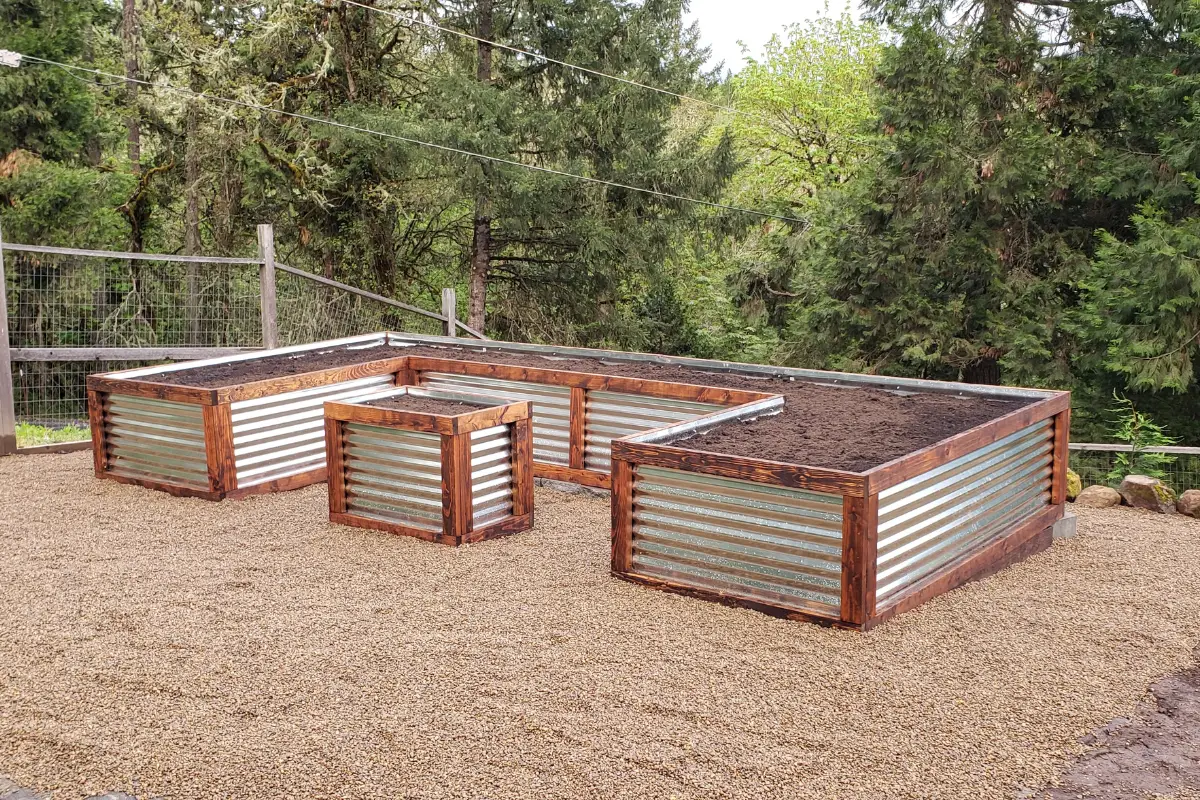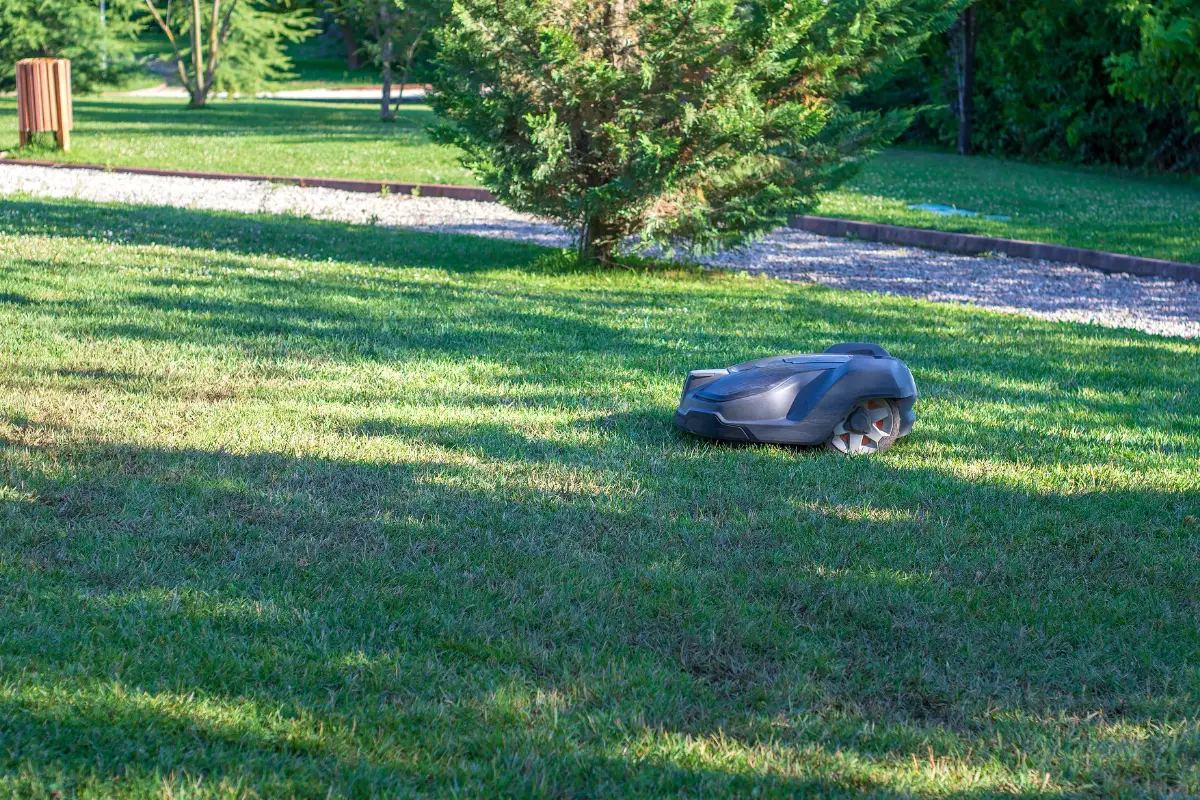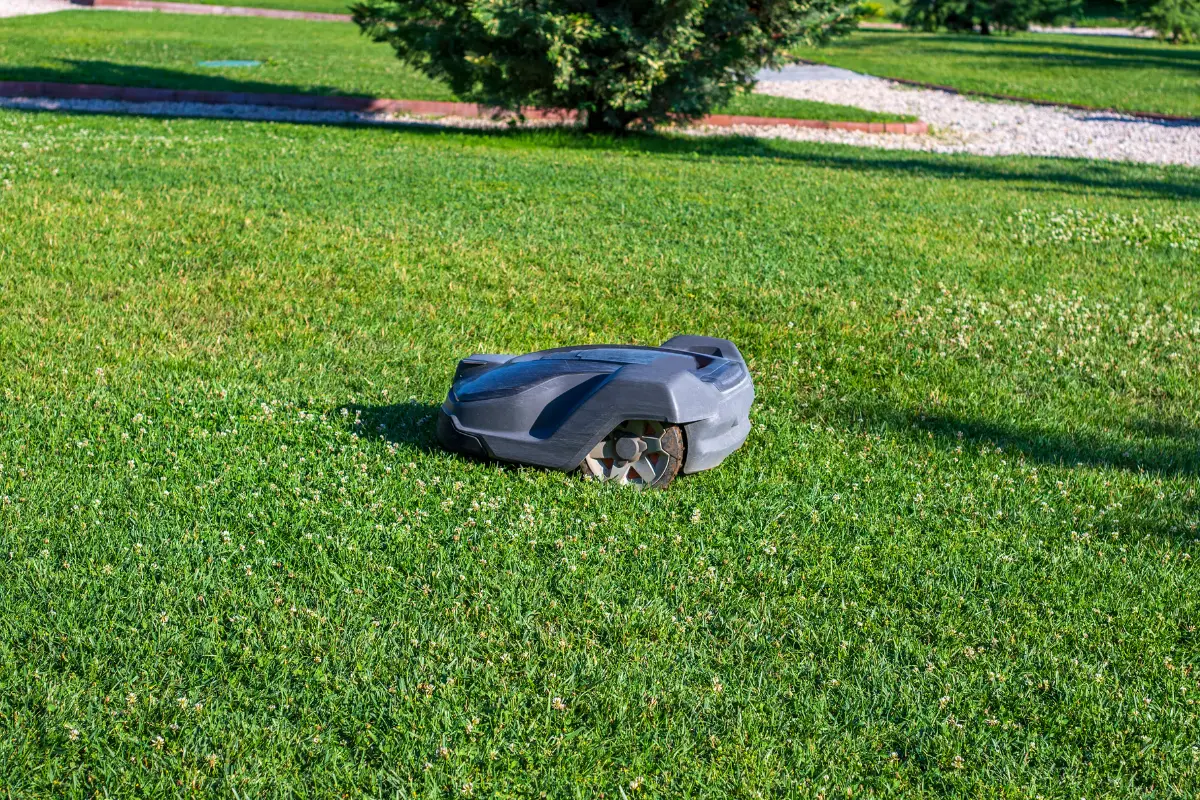The best pots allow your orchids to grow and thrive! Unlike many other flowers, orchids like to be snug in their pots. However, small pots that don’t have orchids in mind can damage them. Terracotta, clear plastic, and ceramic pots are the most popular options, and they’re healthy for orchids!
Overall, you need to carefully choose the type of pot you want for your orchid.
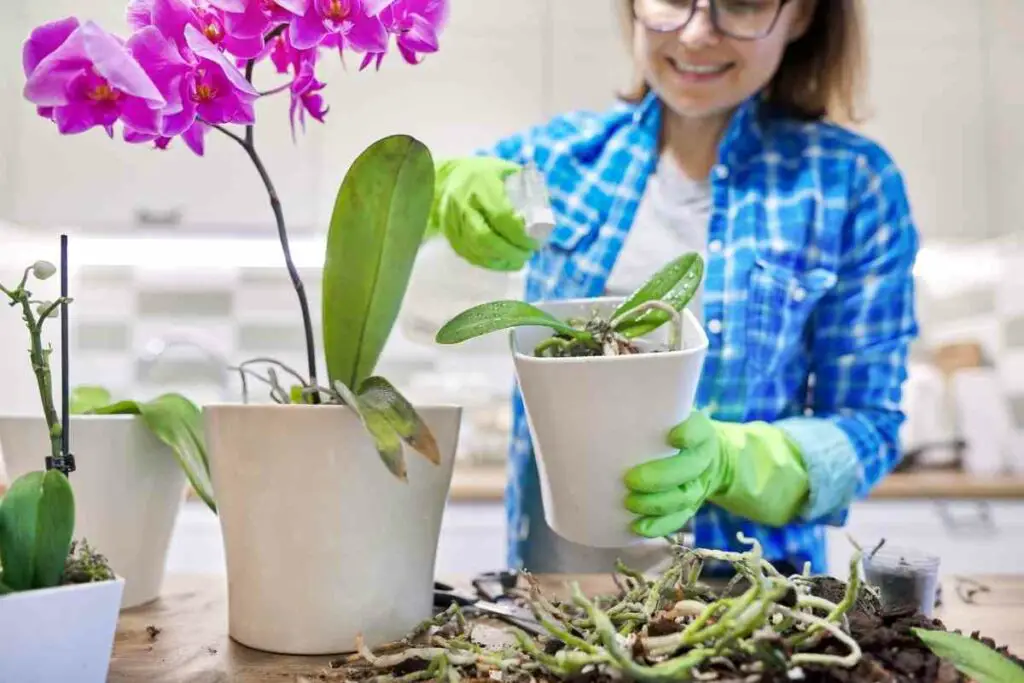
There are so many different options to consider!
Everything below will help you decide.
Table of Contents
What is the Best Size of Pot for Growing Orchids?
Most types of orchids will require a pot between four to six inches.
You’ll want to start with a much smaller one if you have seedlings before moving into the recommended size range for orchids.
Orchids like to be tight in their pots, so you’ll use smaller ones than you’d use for other flowering plants.
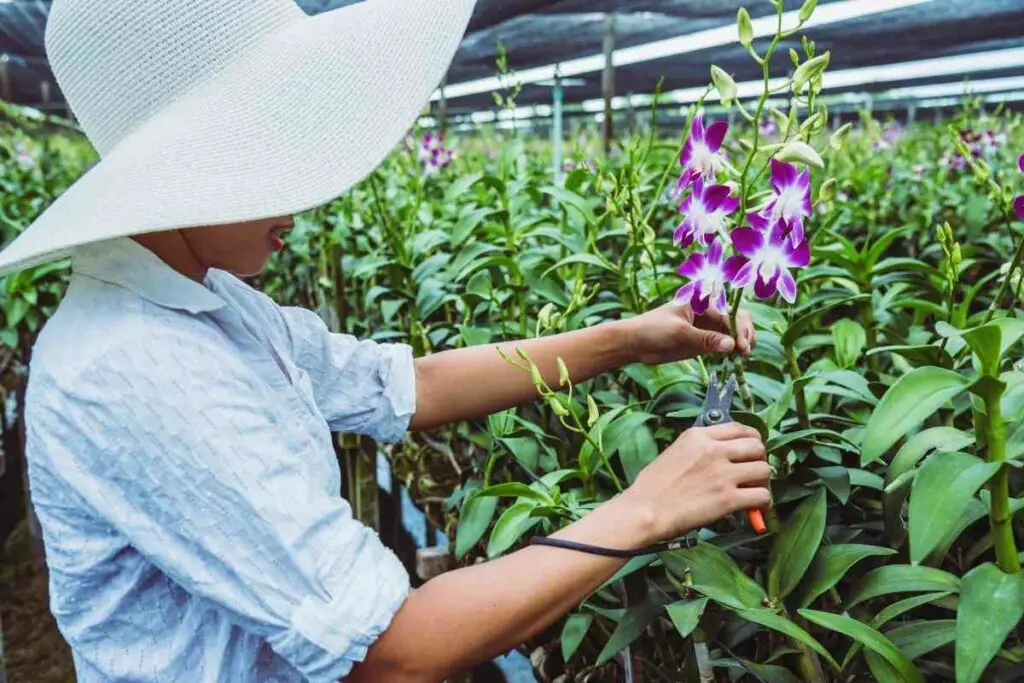
The size of roots in the pot should equal the amount of soil- meaning the roots are very snug inside the pot.
If the pot is over-sized, the roots won’t take in all the moisture, consistently wet soil.
When the potting soil stays wet for too long, the orchid can develop root rot and other issues.
You can tell that you’re using an oversized pot if the soil doesn’t dry out every week.
Overall – Four, five, or six-inch pots are best for orchids. When you buy an orchid, that doesn’t mean it’s already in the correct size pot. You should repot it into a smaller one when you can!
What is the Best Type of Pot for Growing Orchids?
There are two main types of pots that work great for growing orchids!
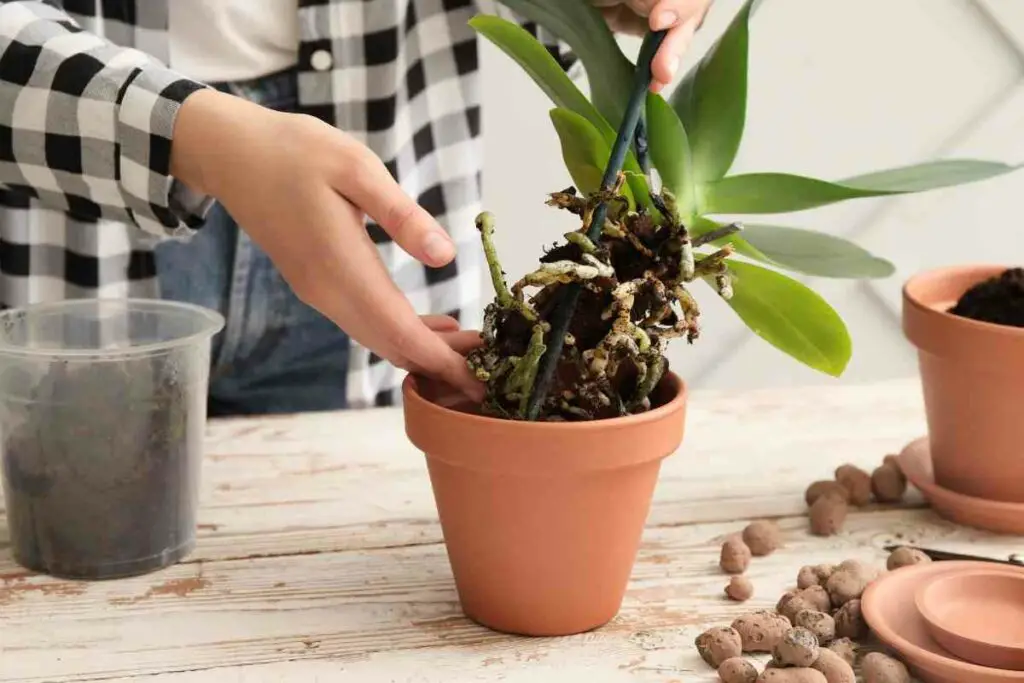
These include terracotta and clear plastic pots. There are several reasons why gardeners usually choose these for orchids.
These pots provide ample support, ventilation, and drainage, as long as you get them in the right style!
Most orchid pots have holes along the sides, allowing the soil to dry out quickly. You can also find these materials in many different-sized pots.
Terracotta (Clay) Pots
Terracotta pots are one of the best choices for an orchid.
You’ll want to make sure that it has plenty of holes in it, so you can easily see the roots.
Clay pots also benefit from being sturdy, providing support to your plant without you needing another outer pot.
Heads Up! Orchids are very top-heavy, meaning they can easily tip over light-weight pots. However, clay is heavy enough to hold the orchid in place without issue.
Terracotta pots are best for humid environments.
They ensure there’s not too much moisture in the soil, so the roots of the orchid don’t drown.
However, if you’re in a dry area, the clay can suck the water out of the planting soil.
You can find clay pots in a variety of sizes too! Many have sizes and features in mind for orchids, allowing them to thrive.
Terracotta pots are very cheap, especially small sizes, making them an excellent option for most people.
Clear Plastic Pots
Clear plastic pots might seem boring at first, but they’re the best type of pot to use with orchids!
They allow you to see the plant’s roots easily, so you know whether or not they need more watering. You’ll also know when it’s time to repot the orchid.
However, clear plastic pots aren’t usually heavy enough to support the orchid. You’ll want to have another, slightly larger pot to set this one in.
When you need to check on the roots, simply lift the clear pot out of the outer one. You can also choose a fancier outer pot because of this!
Clear pots often come with plenty of holes, which are essential for drainage and airflow.
You should always choose options with plenty of holes for orchids- without them, the roots can quickly die!
Overall, clear plastic pots are cheap, easy to use, and let you see the roots of the orchid.
Orchids love tight pots, and these also come in petite sizes!
Ceramic Pots
Finally, ceramic pots are another excellent option for growing orchids.
They come in many different colors and styles, but you can find pots with holes for orchids.
You’ll want to make sure the pot comes with holes on the sides and the bottom before buying it.
You can also combine ceramic pots with clear plastic ones. Then, the design of the ceramic pot can be anything you want!
Make sure you pot the orchid in a reliable plastic pot before setting it inside the ceramic one.
The outer pot should have a broad opening with a smaller base. The inner pot doesn’t reach the bottom, where water can sit.
In Short: Your ceramic pot should provide plenty of ventilation to the soil.
What Happens to Orchids in the Wrong Pot?
It’s possible to plant your orchid in a pot that it doesn’t like!
When you do, it can cause several issues. You’ll want to watch the orchid closely any time you repot it so that you can spot these problems right away.
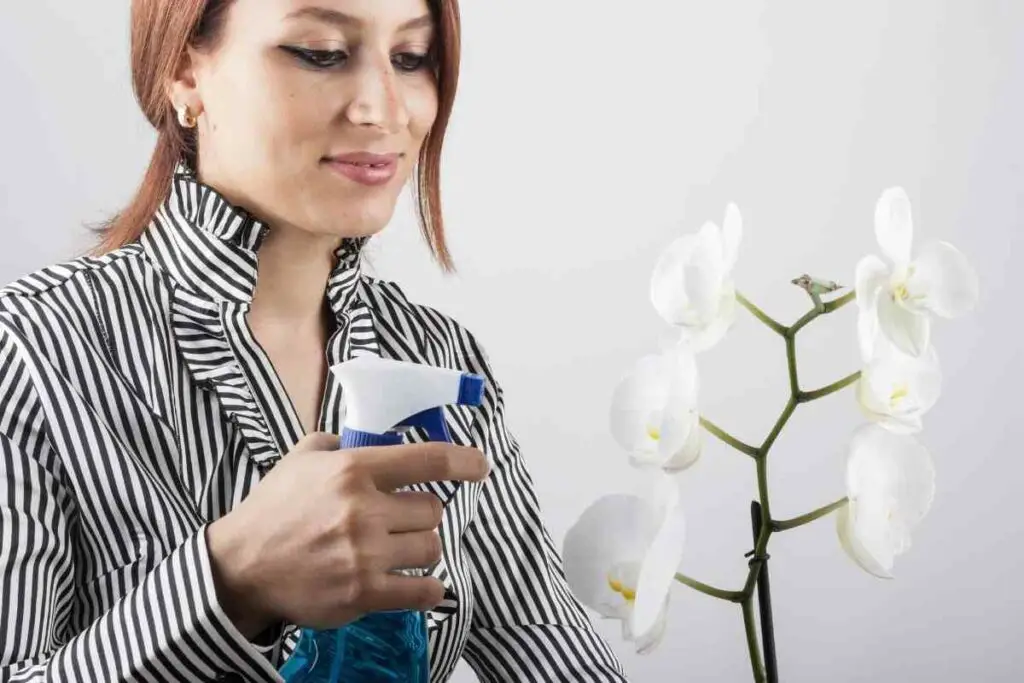
If the pot is too spacious for the orchid, you’ll notice that the soil stays wet for weeks.
However, a small pot can crowd the roots and cause root binding. You’ll know it’s too small if the roots are starting to grow up or out of the pot!
Always Good Idea – If you choose a pot with holes or a transparent pot, you should see the roots easily. You’ll want to monitor them to know when to size up to a larger pot.
Overall, it’s good to have a four, five, and six-inch pot at home for your orchids. You can easily move up to the next size pot whenever you need to.
Some orchids also grow faster than others, so you’ll want to stay prepared!
When Should I Repot an Orchid?
In general, you should repot your orchid about every two years.
Doing so ensures it has more room to grow!
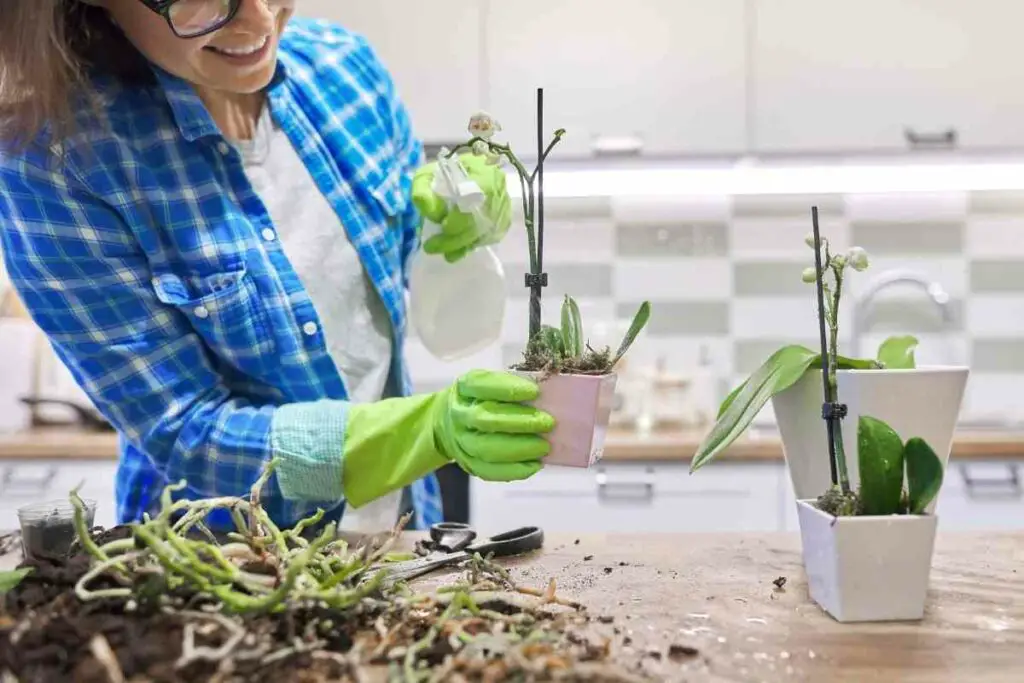
You’ll want to repot the plant if you notice the roots are tangled, or the plant seems crowded. While orchids love tight pots, it’s still possible for them to outgrow a pot.
Size up immediately if you see the roots coming out of the pot!
Read Next
- How to Build a Planter Box for Bamboo: A Step-by-Step Guide
- Can Robotic Lawnmowers Handle Steep Slopes?
- Do You Need a Specific Lawn for a Robotic Lawnmower? Expert Advice
- Are Robotic Lawnmowers Safe for Pets and Children? Safety Features of Robotic Lawnmowers
- Why Use Robotic Lawnmowers? Advantages of Using a Robotic Lawnmower
- Is the GARDENA SILENO City 300 Cordless or Corded? A Clear Answer




















